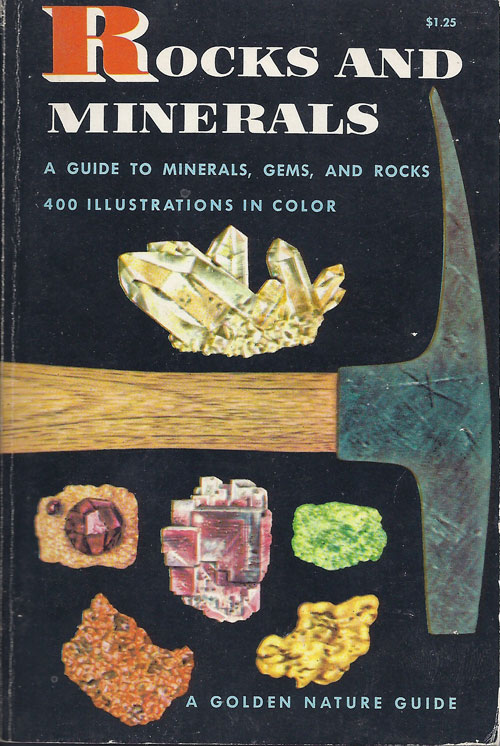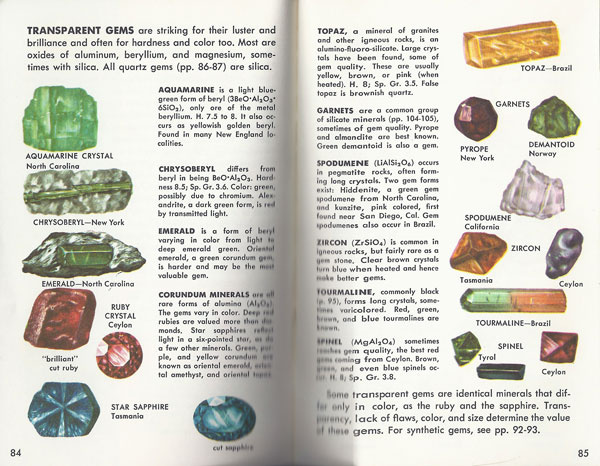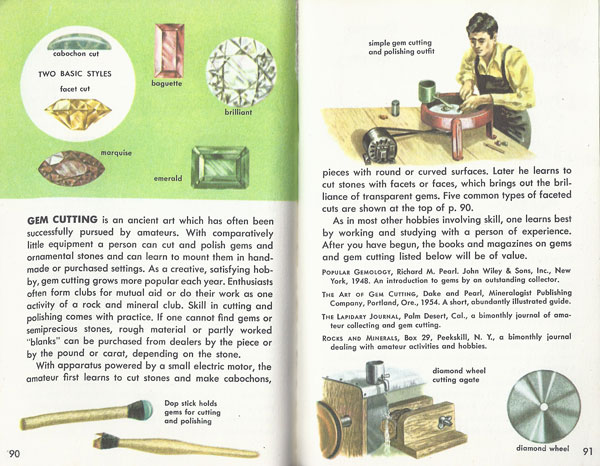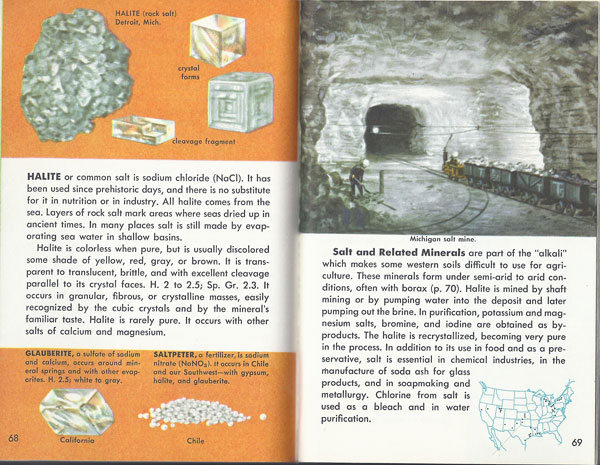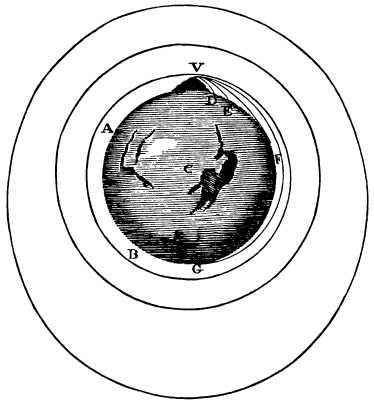My wife does some work on the side as a research assistant for a local university professor. (Details and podcasts here!) She is helping her write an oral history book. That is, the source material is largely interviews, the relevant information having been rarely written down much. One question they wanted to ask going into it is, what does this sort of history book look like? When other people have tackled projects like this, what have they looked like when finished? What did the good authors do to expose their material and keep it interesting and integrated into a larger story? Is writing a book drawn largely from oral history different from ones based on old texts?
To answer this, they checked out several similar books from the library to poke around in. One of them was about folk music revivals in America and my wife wondered if I was interested in reading it. I decided on whim to do just that and (slightly, haphazardly) document my discoveries, not only about this corner of music history but specifically about the kind of writing and research involved in this sort of work.
First, before touching the book, I will write down a few preconceived ideas that I had about “oral histories” and their value.
It seems that when most people talk about oral history, it is in the context of some primitive non-writing people or culture. Where have I been exposed to it before? Interviewing native American Indian tribes people discussing their old customs and telling stories about their grandparents. The same goes for history of peoples in Africa where a written language either doesn’t exist or the bulk of the people involved do not write anything down. In this first case then, the knowledge is almost completely inaccessible except by talking to real people who may have transferred memory of the events, or digging around as an archeologist. Ethnomusicologists tramping around Appalachia or Zimbabwe with tape recorders are doing work on this level as well.
The second way I’ve seen oral history approached is to use interviews to flesh out an event and fill it with personal anecdotes and insider details that may not be known in the widely known accounts. It’s not that there ISN’T a bunch of written material about the time or subject at hand – there is. But the written material may only show one viewpoint, or it may have been written to address a bigger story. The interviewer is trying to dig up more curious details and so render a higher-resolution picture of what happened. Many large facts are known, but the small facts have fallen through the cracks, despite their relevance.
The third way I’ve seen oral history used is through contemporary projects such as Story Core, heard on NPR. Some folks from the Smithsonian travel around the country in a trailer and listen in as one person (usually a friend or family member) gets another person to talk about their life or tell a story from their past. The best ones make it on the radio, but thousands of them are archived every year. I believe that searchable transcriptions are also made of everything. This is sort of a preemptive oral history – anticipating a loss of knowledge in the future. What if the most important things about our culture were not written down? Sure, we have Wikipedia, which is fantastic, but think of how many people DON’T ever contribute to it? It seems like the researcher’s goal is to give things a highly-person feel – relating each story to just one individual. Self-absorbed memoirs not withstanding, the fact is that most writing done today is going to be much more abstract than a personal interview. This is another way to enrich what we have in print.
So it seems to me that a writer working with a collection of oral history should endeavor to draw out smaller details and then fit them back into the large picture of what is known through writing. In this way, the existing story can be made much more potent (and even accurate) via the contribution of facets that were overlooked by the earlier distant writers. In particular, it seems likely that the most useful contribution is going to be from the types of folks who would never write anything down to begin with. It’s a case of the peasants verses the scribes. With a written history, you’ve got the scribes telling the story. With an oral history, you can also get the peasant’s take on it as well. Maybe their story was already well-represented by the empathetic and knowledgeable scribes, but maybe not.



